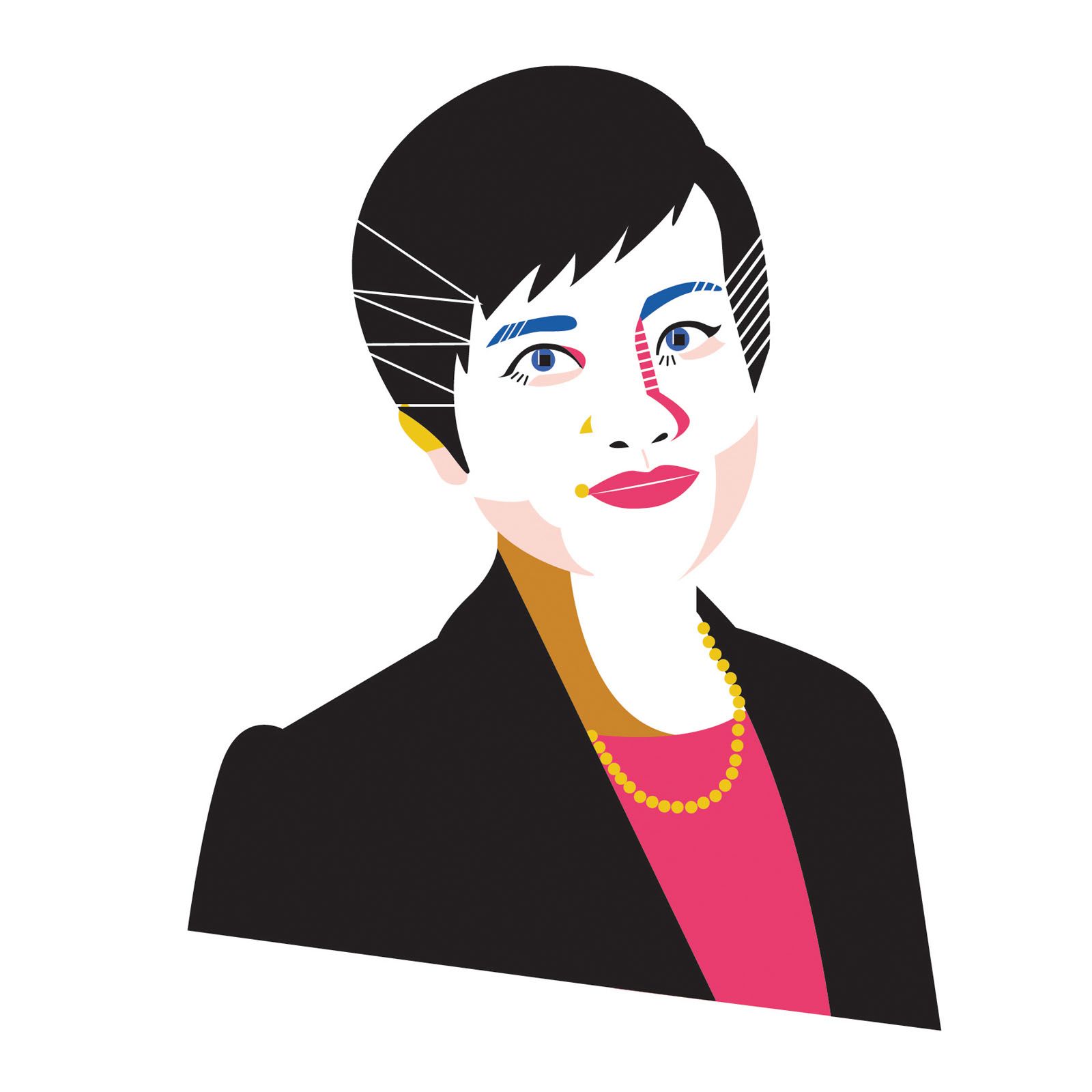Mastercard Singapore country manager, Deborah Heng, talks about key developments in financial technology
With the number of digital payments expected to soar worldwide in the coming decades, payments technology companies have their work cut out for them. Deborah Heng, Mastercard’s country manager for Singapore, talks about how the company is investing in artificial intelligence (AI) innovations and other cutting‑edge technologies to better protect customers and make their lives more convenient.
(Related: 5 Things To Know About Global Strategist Parag Khanna)

Companies today are all undergoing digital transformation. What are the most urgent challenges for Mastercard?
Deborah Heng (DH) One of our key areas of focus is developing new and seamless ways to pay, so that customers will enjoy greater convenience with more options. We’re also investing in safety and security to protect the digital ecosystem. Today, about five to six billion devices are connected globally. In seven to 10 years’ time, it’s going to be 50 to 60 billion devices. The speed at which business is done, transactions are made, and data is moved will increase, along with the sophistication of cybersecurity threats. That’s why we are focusing on these areas.
(Related: Luxasia Group CEO Wolfgang Baier On Millennials And The Beauty Industry)
How is Mastercard tackling these challenges? What innovations is it introducing?
DH Global interoperability—the ability for different systems to understand, exchange and use one another’s information—is crucial for the digital world. So we are focused on creating globally interoperable standards to power the digital economy. One example is tokenisation, where sensitive data in a system such as bank account numbers is replaced with an undecipherable token, thus keeping the original data secure.
On the innovation front, we are delivering products and solutions that make it easier for consumers to pay more seamlessly and securely. These include biometric cards, QR codes and wearables for payment, digital wallets, and the use of analytics, AI, and biometric solutions to ensure safety and security in payments.



